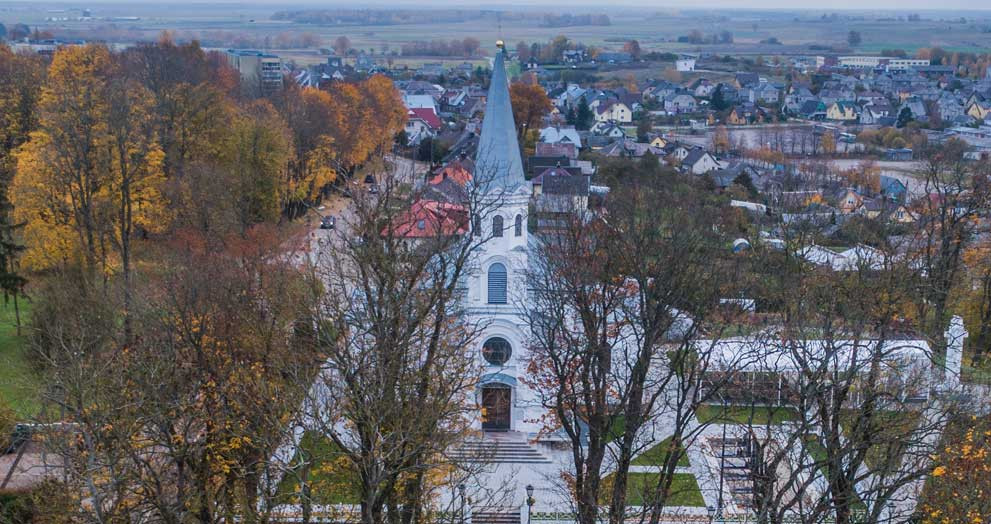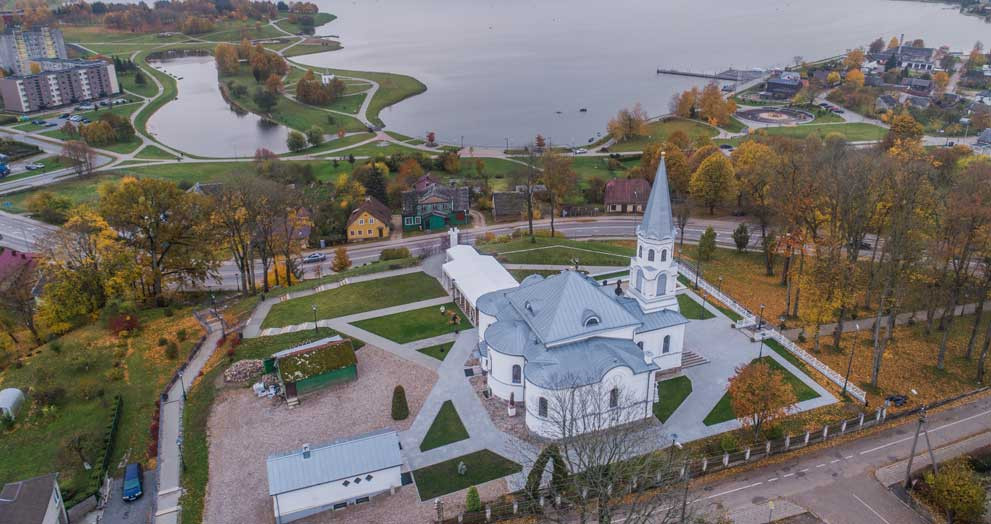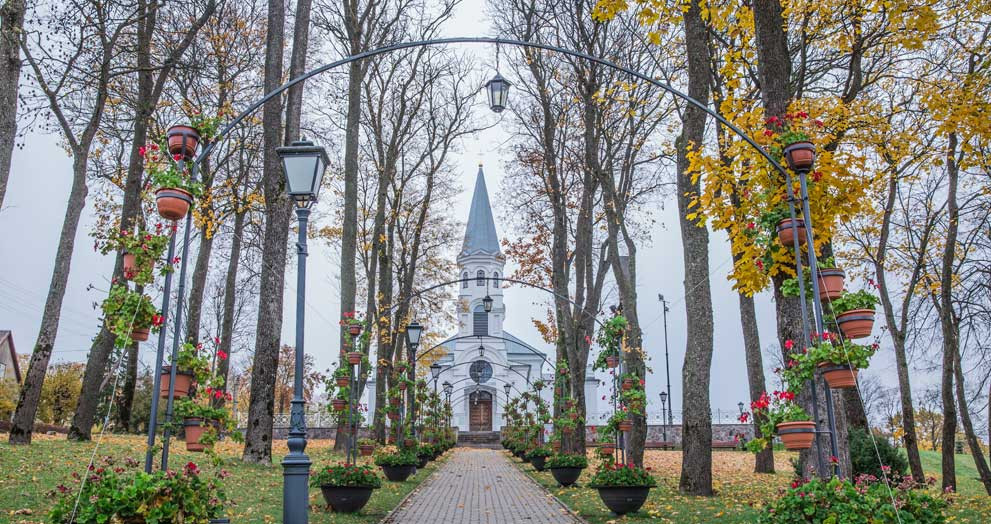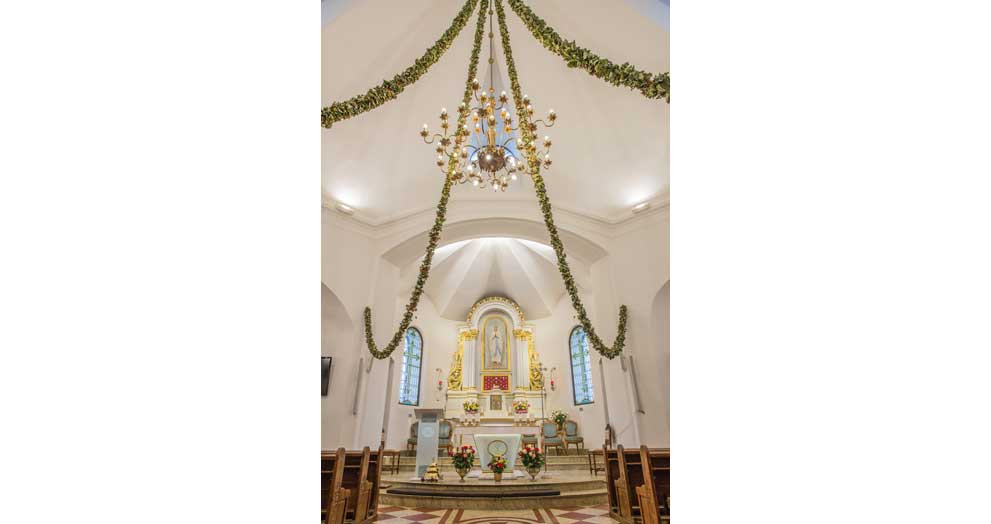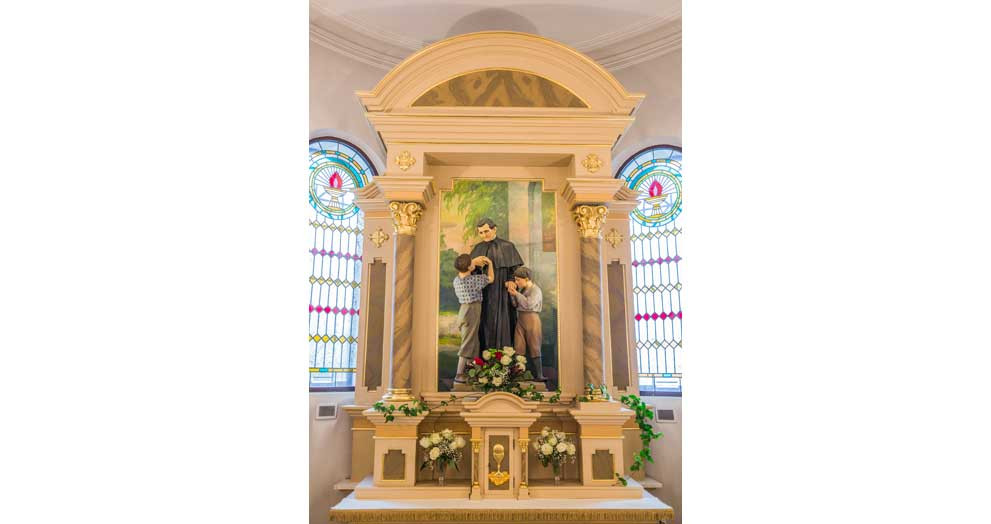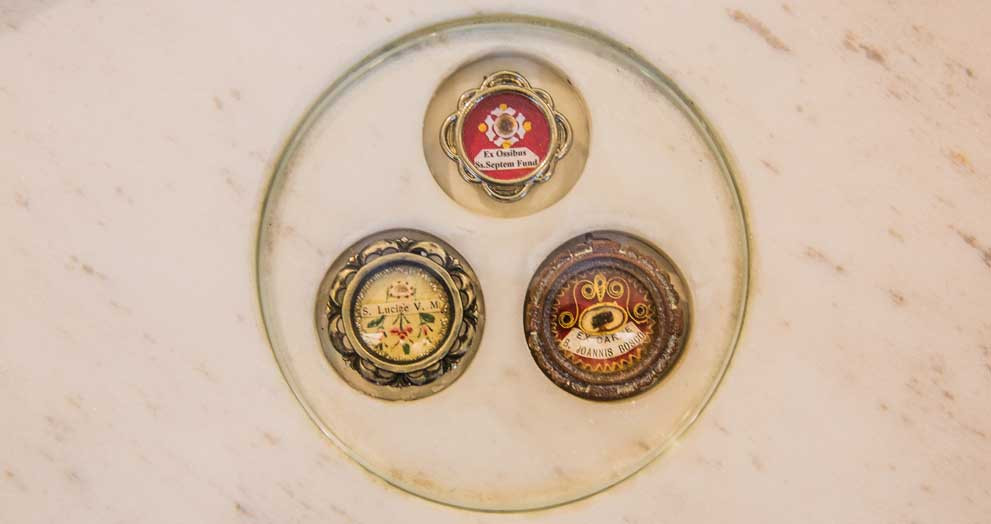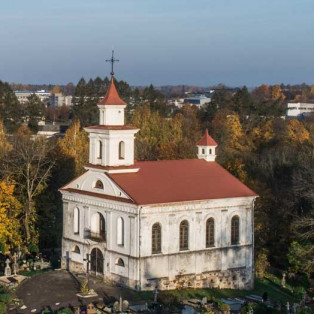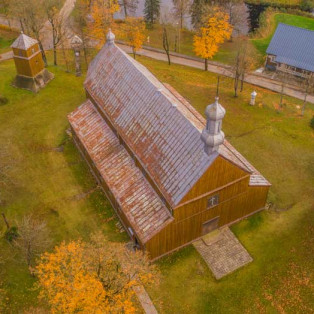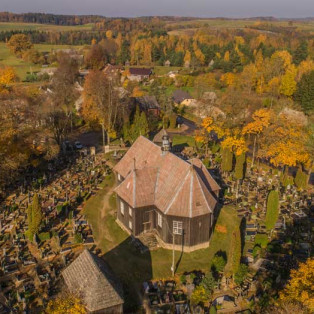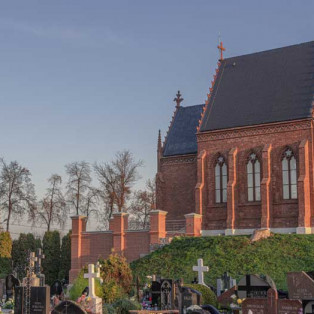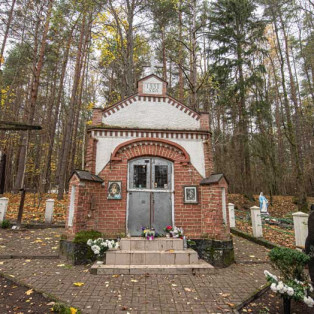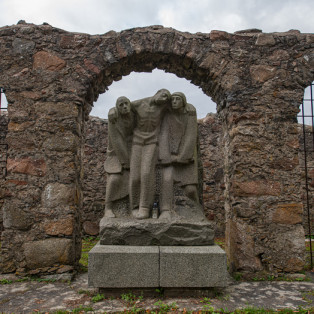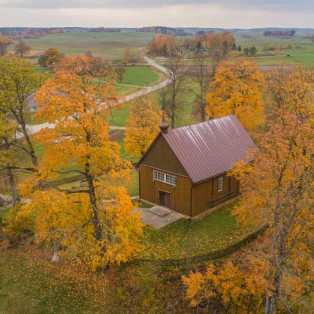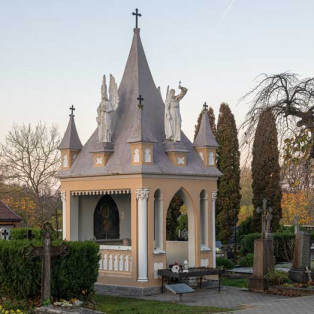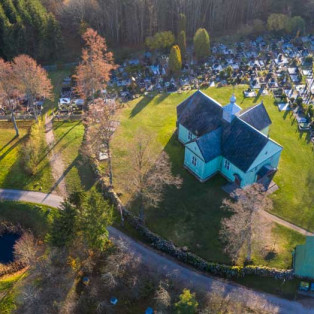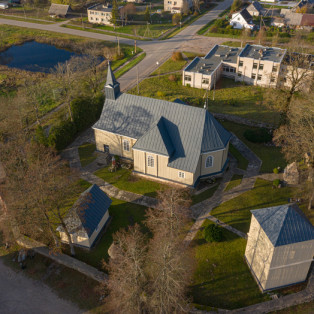Telšiai parish was established in 1536. The same year by the order of the Grand Duke Sigismund the Old of the Grand Duchy of Lithuania Telšiai Church of the Assumption of the Blessed Virgin Mary into Heaven was built. In 1612, a parish school was established at the church. The church was rebuilt and reconstructed a few times, but the only authentic element that remains to this day is the bell that was churned in 1619.
In 1700 a new church was built but it was damaged during the Great Northern War with Sweden, and only after a long period of plague and famine, the repairs began in 1788, However, in 1814 by the order of the Russian Czarist government it was closed and demolished shortly afterwards. After the 1831 rebellion the Czar’s government confiscated the property of the church and destroyed the graveyard that was on Vilnius hill.
On the same spot in 1867 a new masonry St. Nicholas the Wonderworker Russian Orthodox church of neo-Byzantine style with a steeple-bell tower. This church was decorated significantly more luxuriously than its Catholic predecessor, a plethora of icons were installed there as well as luxurious, decorated liturgical books, as in this way an attempt was made to re-orientate more of the local population into the Russian Orthodox faith.
Telšiai parish land was returned to the parish in 1935. The Russian Orthodox community received compensation, while the fate of the Orthodox church building was undecided, there were considerations to demolish it and rebuild a new Catholic church. However, finally, it was decided to reorganise it. When Lithuania was occupied by the Soviets, attempts were made to shut down the church, yet due to great resistance from the community in this matter the attempts were unsuccessful.
Telšiai Church of the Assumption of the Blessed Virgin Mary into Heaven was renewed again in 21st century, but it still contains a wide and unusual variety of styles – features incorporate stylistic characteristics of neo-Gothic, neo-Baroque and neo-Byzantine styles.
- Audio guide (1.8 MB )



